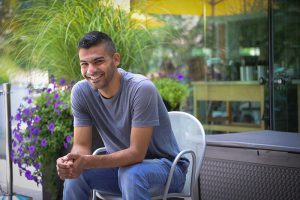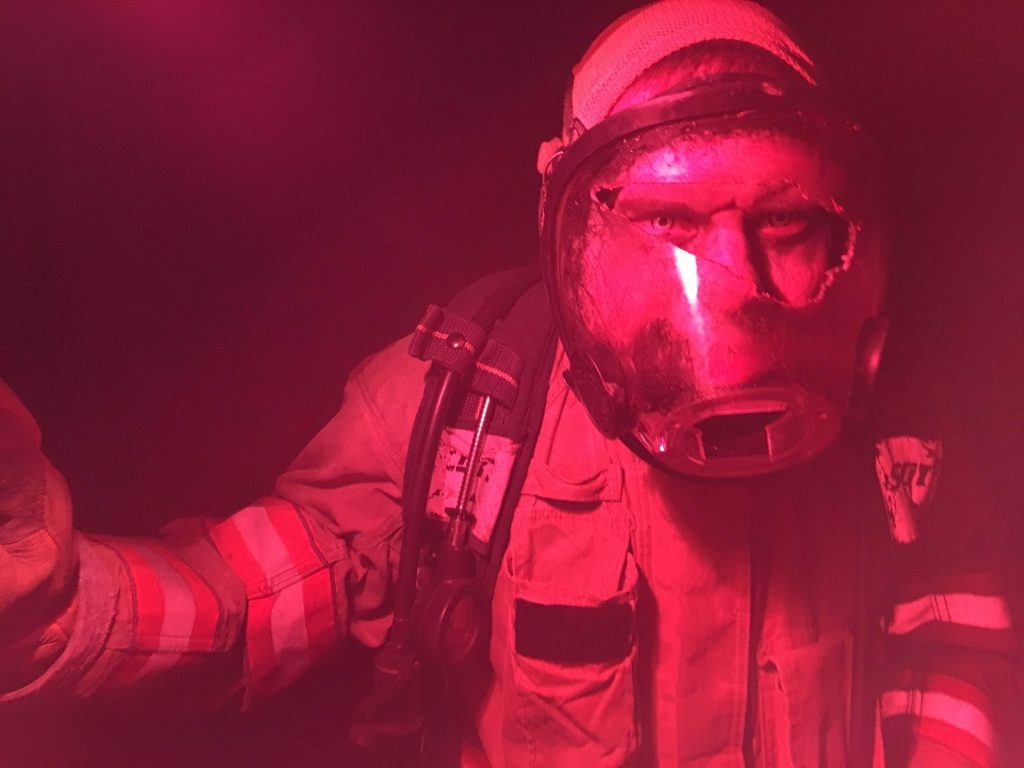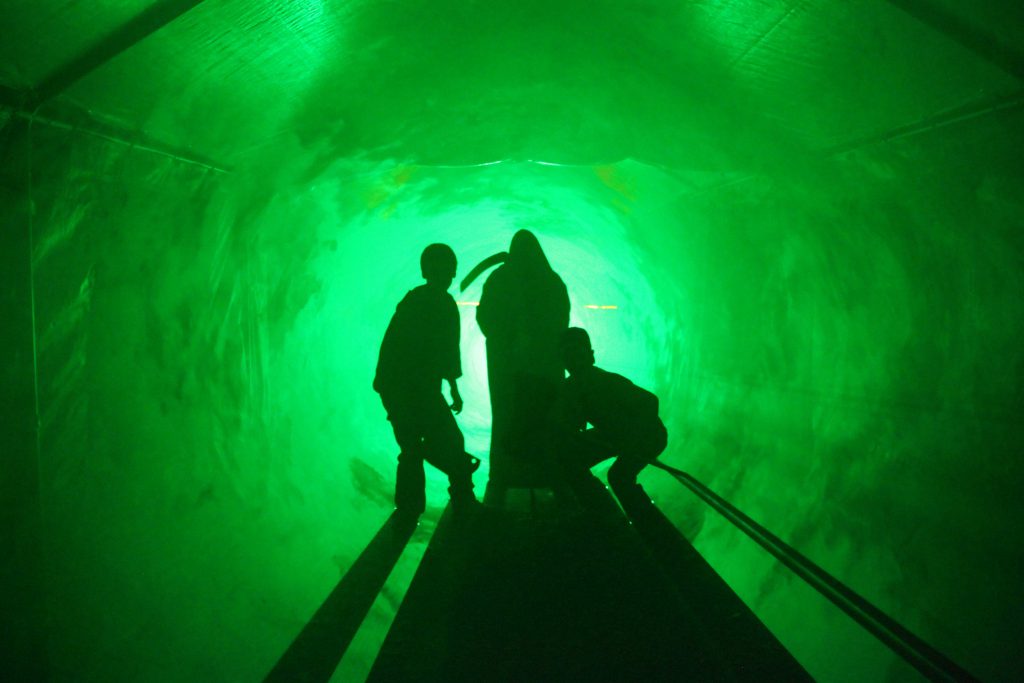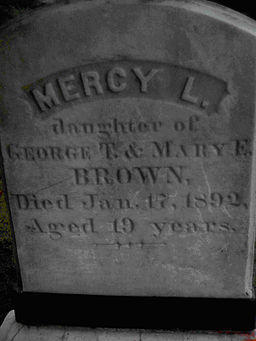Episode 13: Refuge

This week, we meet some of the refugees coming to New England from Syria and Iraq. Our host John Dankosky talks Patriots, Red Sox, and more with Bill Littlefield, host of WBUR’s Only a Game. And in honor of Halloween, we learn about a New England tradition you’re probably less familiar with: exhuming vampires.

Zainab Khalil Abdo spends time with other students in an English for Speakers of Other Languages (ESOL) class in Lowell, Mass. ( Credit: Jesse Costa/WBUR)
“I wanted to go to some place that I can get my rights as a human being.”
The number of Syrian refugees resettling in New England has risen sharply in the last year, from 132 arrivals in 2015 to nearly 700 this year. Of course, this trend reflects President Obama’s commitment to welcome more than 10,000 refugees this year – and also the national political rhetoric that continues to swirl around vetting of those fleeing war zones.
WBUR reporter Shannon Dooling visited the International Institute of New England, one of the region’s oldest resettlement agencies, to learn more about who is arriving, and the people welcoming them. Read Shannon’s story.

Fouad Abbood (Credit: Beth Reynolds)
Fouad Abbood’s work as a high school English teacher and interpreter in Iraq made him a target for ISIS. Feeling this danger, Fouad applied for refugee status in the United States and received a visa in 2014.
Catholic Charities, which helps to resettle refugees, provided support for him to come to Hartford, Connecticut. He told his story to the project Words in Transit by New England Public Radio, in partnership with Amherst College’s Copeland Colloquium.
Root for the Home Team

Red Sox designated hitter David Ortiz, nicknamed “Big Papi,” bids goodbye to fans this month after losing to the Cleveland Indians at Fenway Park earlier this month. The game marked Ortiz’s retirement. (Credit: Charles Krupa/AP)
As a region, New England is held together by history and tradition, geography and politics. But what about sports?
There are, of course, the Patriots — the only NFL team to use a region to define its territory. They’re a powerhouse, off to another great start, despite their star Tom Brady missing games at the beginning of the season due to the “deflategate” controversy. They’ve only really held a grip on New England since the 1990s, and they’re as likely to be loathed outside of our region as loved within it.
Then there’s Red Sox Nation, a fan base with a deep-seated love of the baseball team from Boston that stretches from Maine, across to Vermont, and south to (most of) Connecticut.
We wanted to find out more about the sporting culture of New England, and the role that sports can play in helping to define us…so we turned to Bill Littlefield, the longtime host of Only a Game – a weekly NPR show about sports that’s produced at WBUR in Boston.
A Very New England Halloween

In front of the Connecticut Trolley Museum, visitors wait to board a trolley car headed for the woods. (Credit: Ziwei Zhang)
You’ve heard of haunted houses. Maybe you’ve ventured out on a haunted hayride or two. But imagine heading into a patch of dark New England woods, on a chilly October night, on a trolley car.
Any other month of the year, the Connecticut Trolley Museum makes for a family-friendly outing alongside a stretch of historic track. But on October weekends, it becomes Rails to the Darkside. NEXT producer Andrea Muraskin took a tour.

Volunteers from the Enfield, Conn. Fire Department staff a portion of Rails to the Darkside. (Credit: Ziwei Zhang)

Volunteers at Rails to the Darkside. (Credit: Connecticut Trolley Museum)

The headstone of Mercy Brown, known as Lena by her family. (Credit: CBarry123/Wikimedia Commons)
Count Dracula famously preyed on attractive young women. But in New England, vampirism was a family affair.
Edwin Brown, of Exeter, Rhode Island, was already seriously ill with tuberculosis in January, 1892, when his nineteen year-old sister Lena died of the same disease. With no medical cure, neighbors convinced Edwin’s father to let them do something dreadful: exhume Lena’s grave to check her heart for liquid blood.
If blood was found in the heart — and it was — the villagers said that meant she was a vampire, rising from the grave to feed on her brother’s living flesh. They cut out the heart, burned it, and fed the ashes to Edwin, hoping this would cure him.
He died two months later.
Folklorist Michael Bell has documented over eighty such exhumations in the United States, most of them in New England. He’s the author of the book Food for the Dead: On the Trail of New England’s Vampires, and is working on a second book The Vampire’s Grasp.
About NEXT
NEXT is produced at WNPR.
Host: John Dankosky
Producer: Andrea Muraskin
Executive Producer: Catie Talarski
Digital Content Manager/Editor: Heather Brandon
Contributors to this episode: Shannon Dooling, Cathleen O’Keefe and Bill Littlefield
Music: Todd Merrell, “New England” by Goodnight Blue Moon, “Hayiti Inta Reprise” by Natacha Atlas, “Shipping Up to Boston” by the Dropkick Murphys, “Tristane” by Oskar Schuster
We appreciate your feedback! Send praise, critique, suggestions, questions, story leads, and photos of your favorite headstones to next@wnpr.org.
